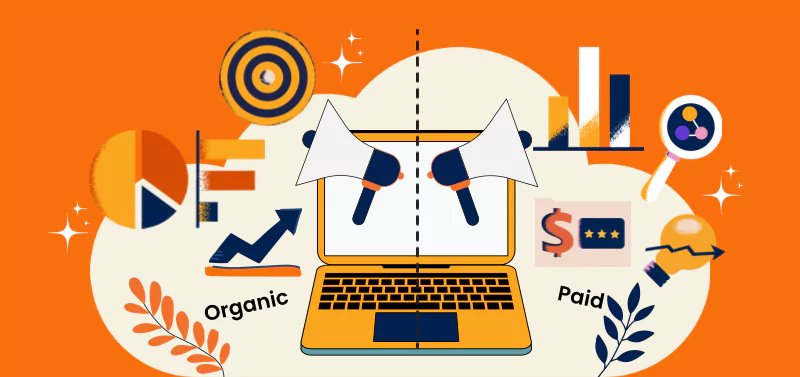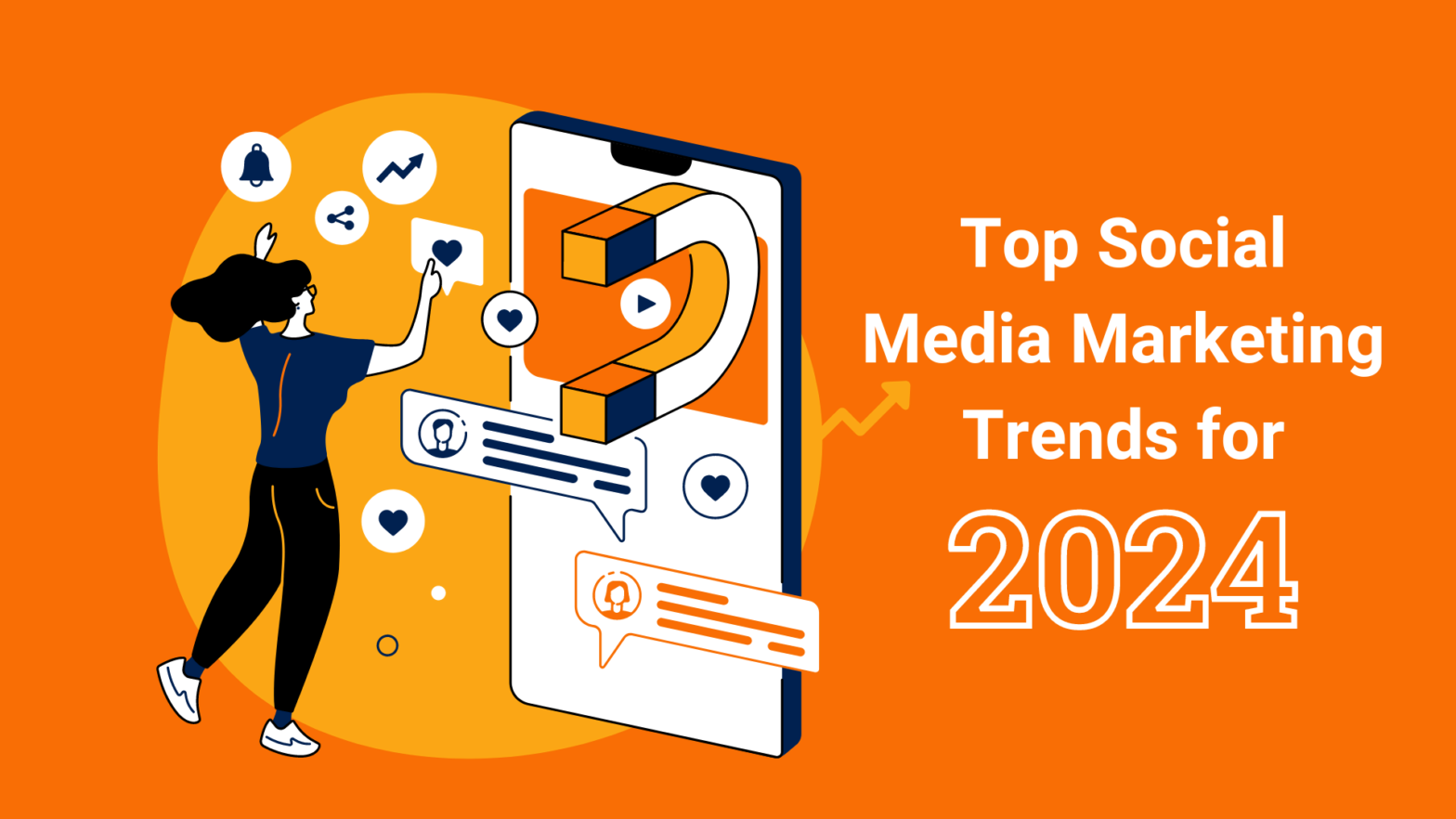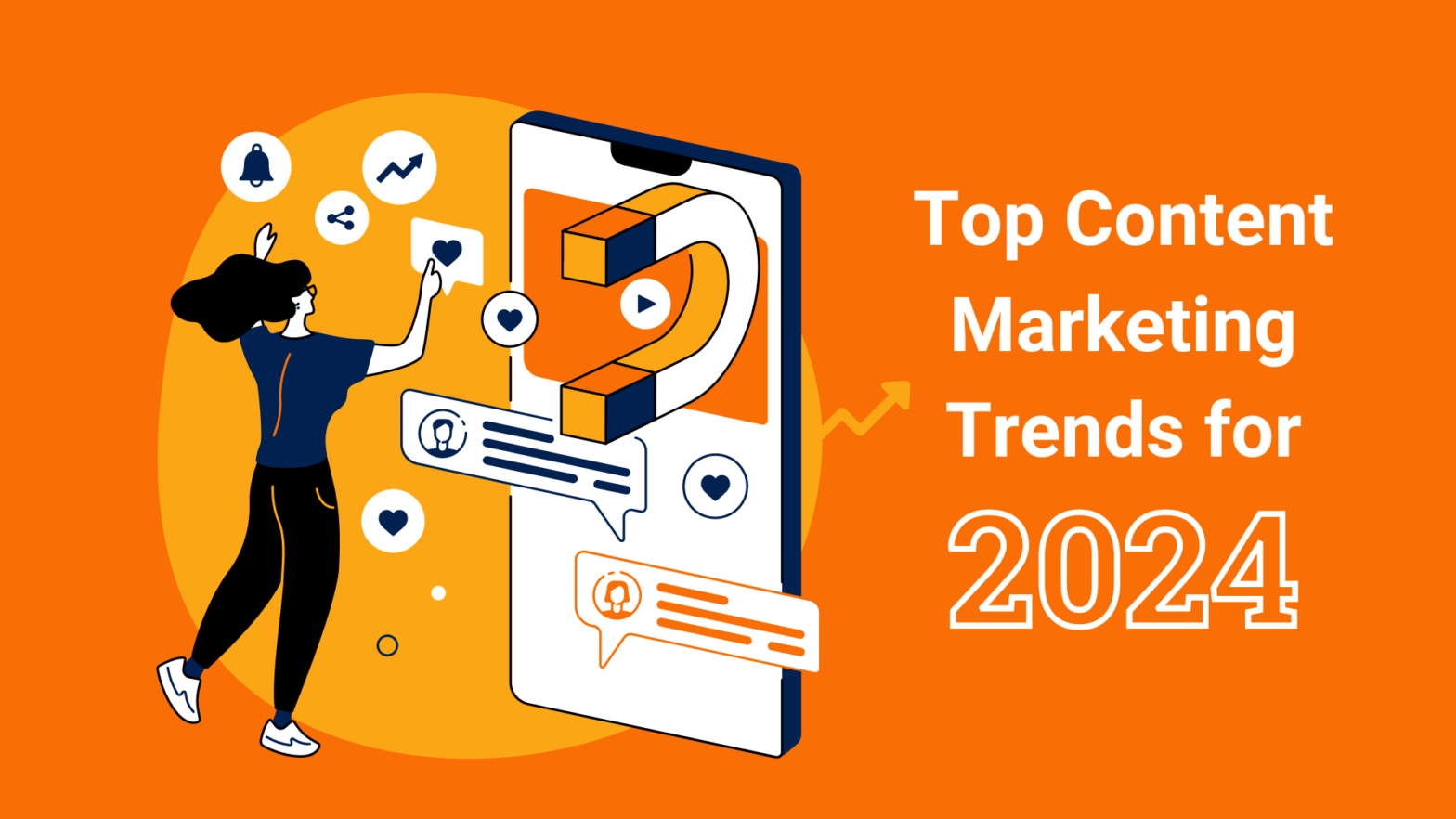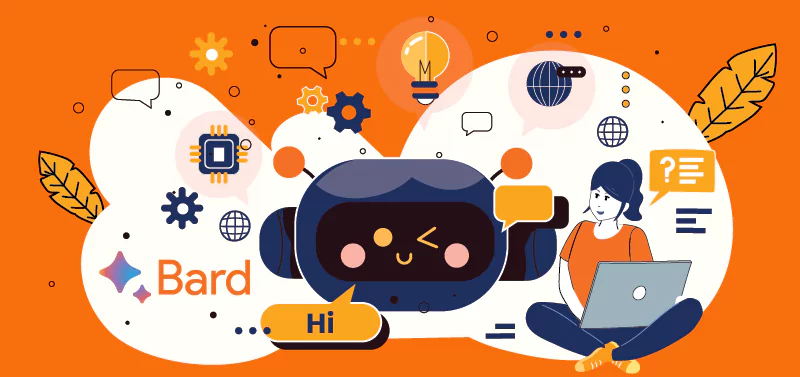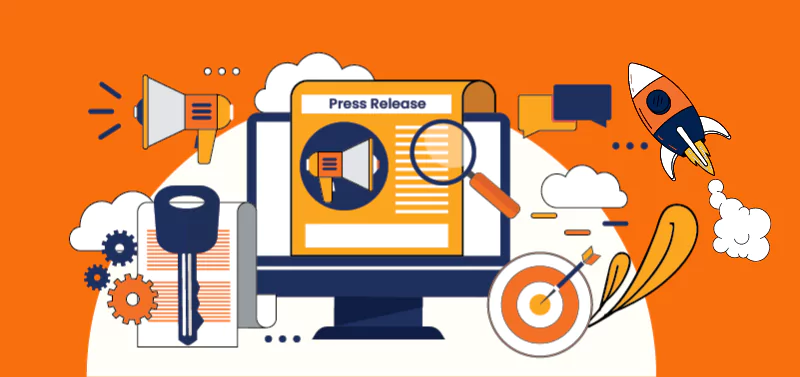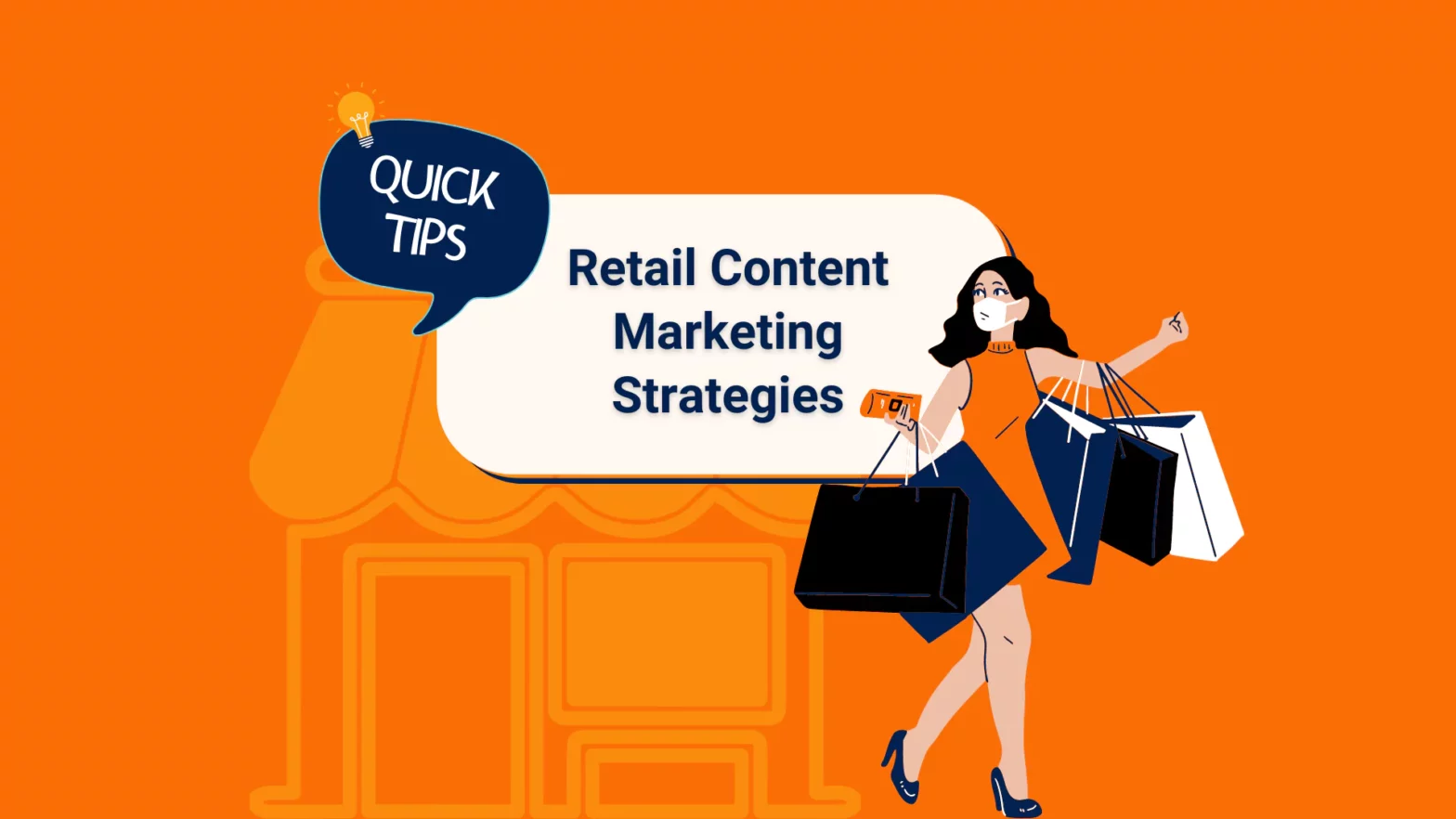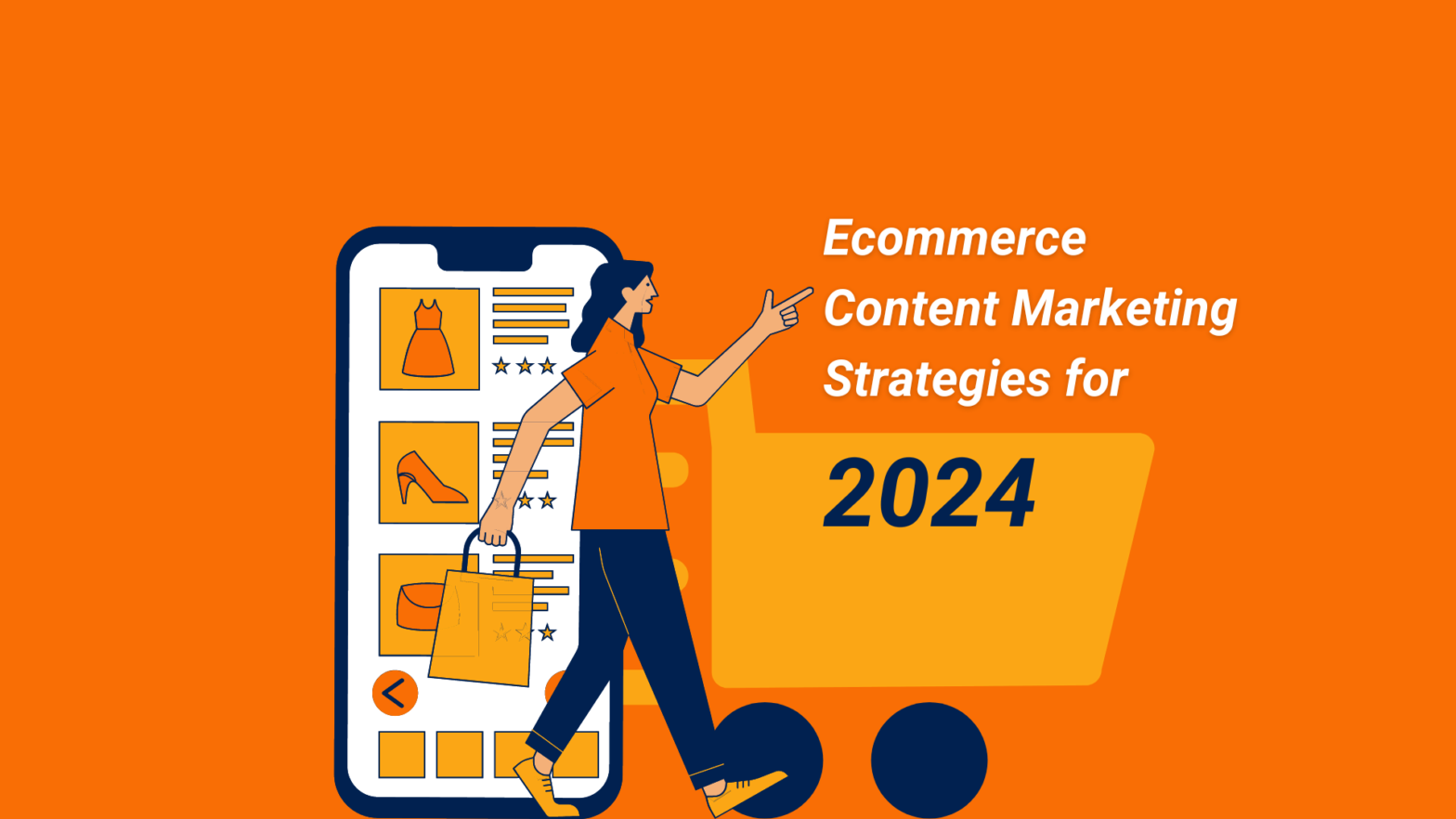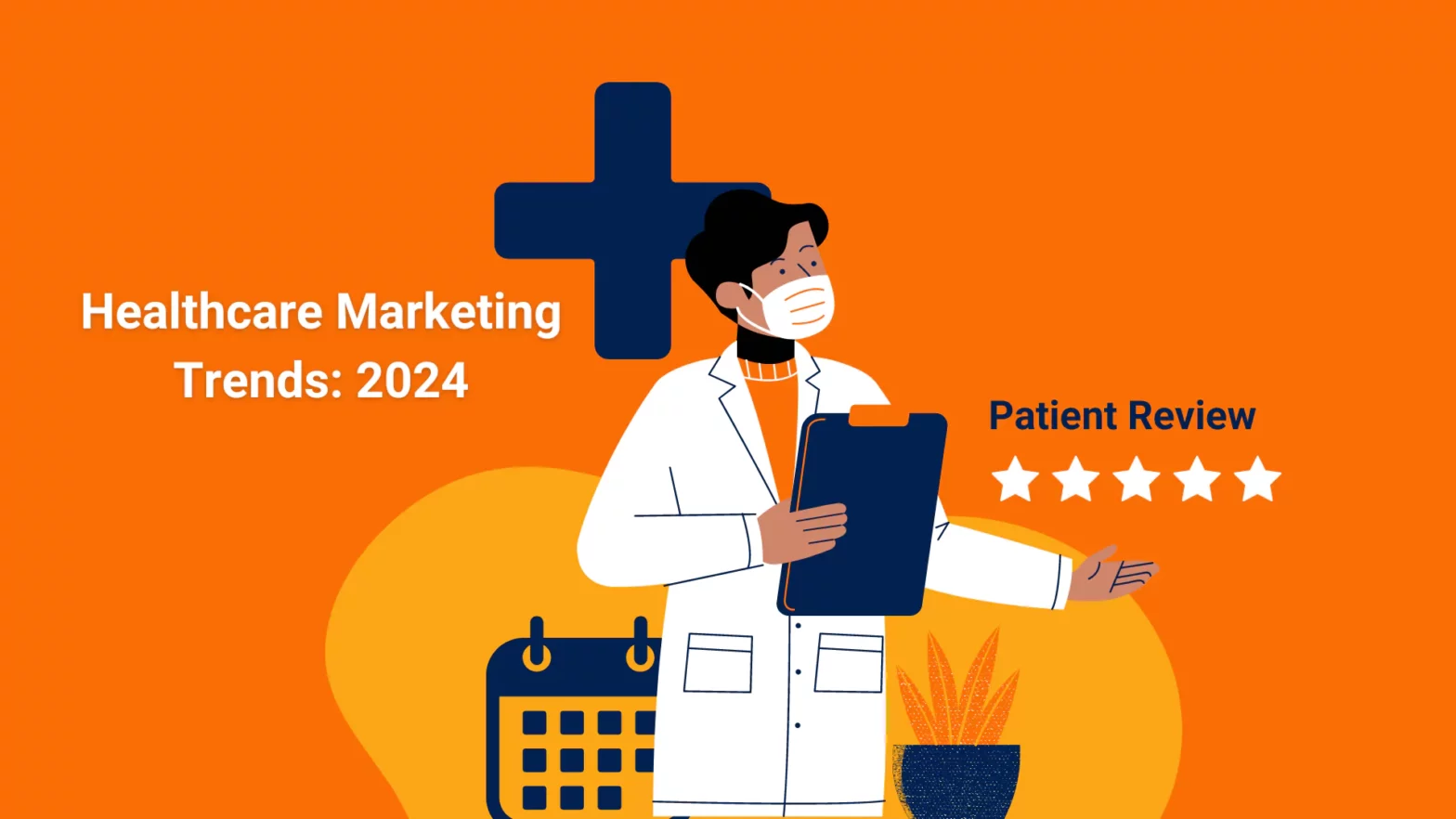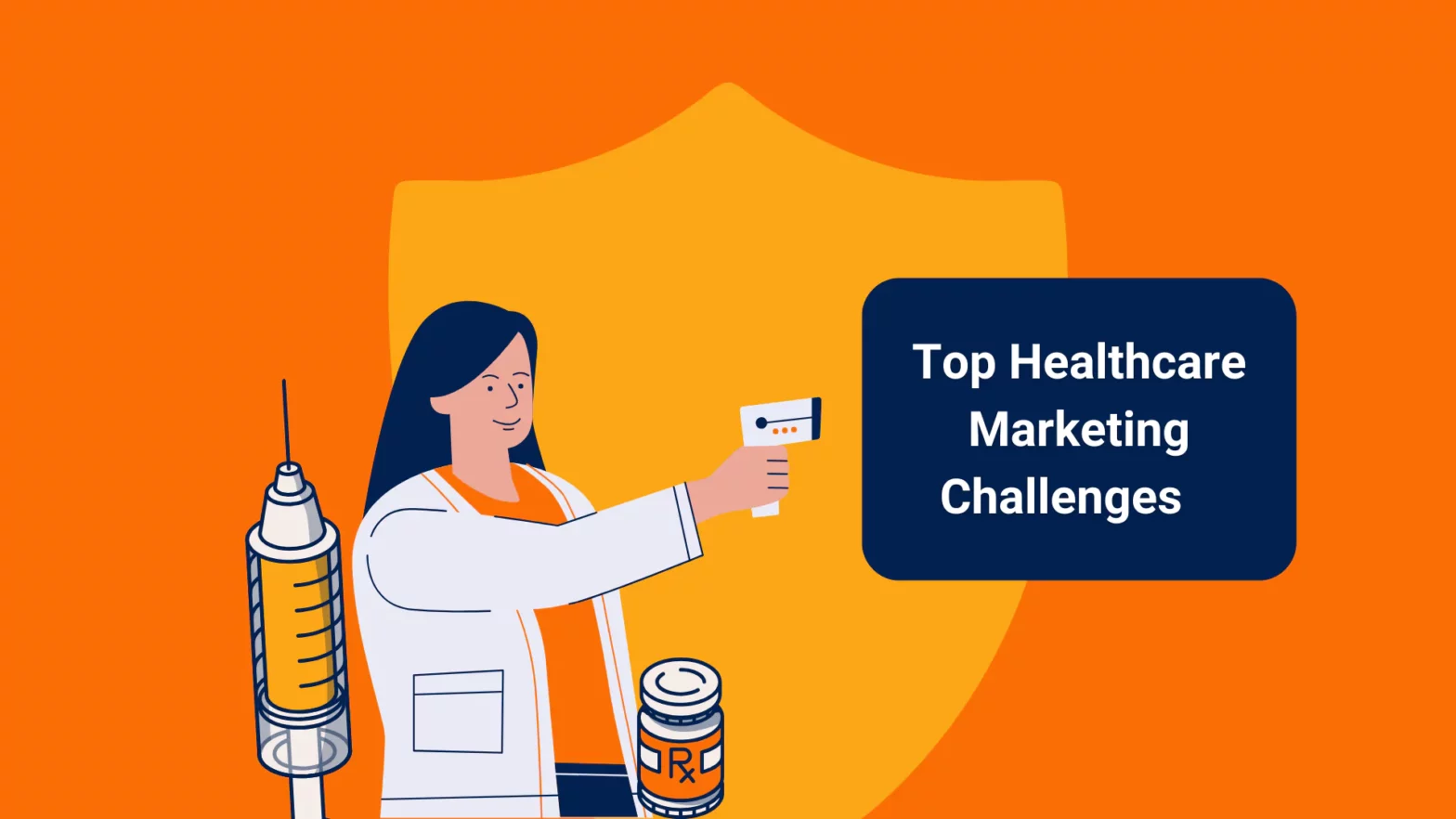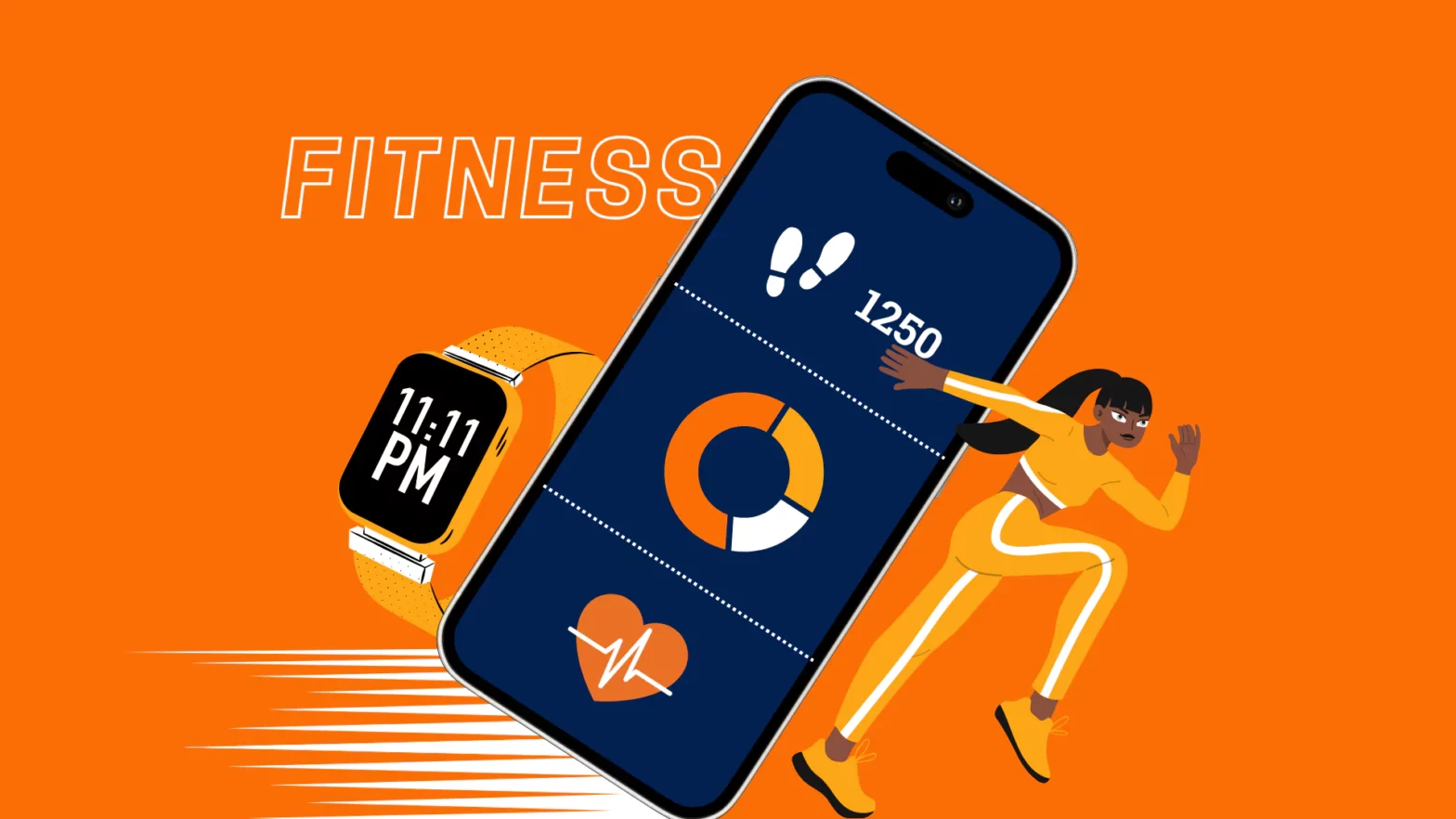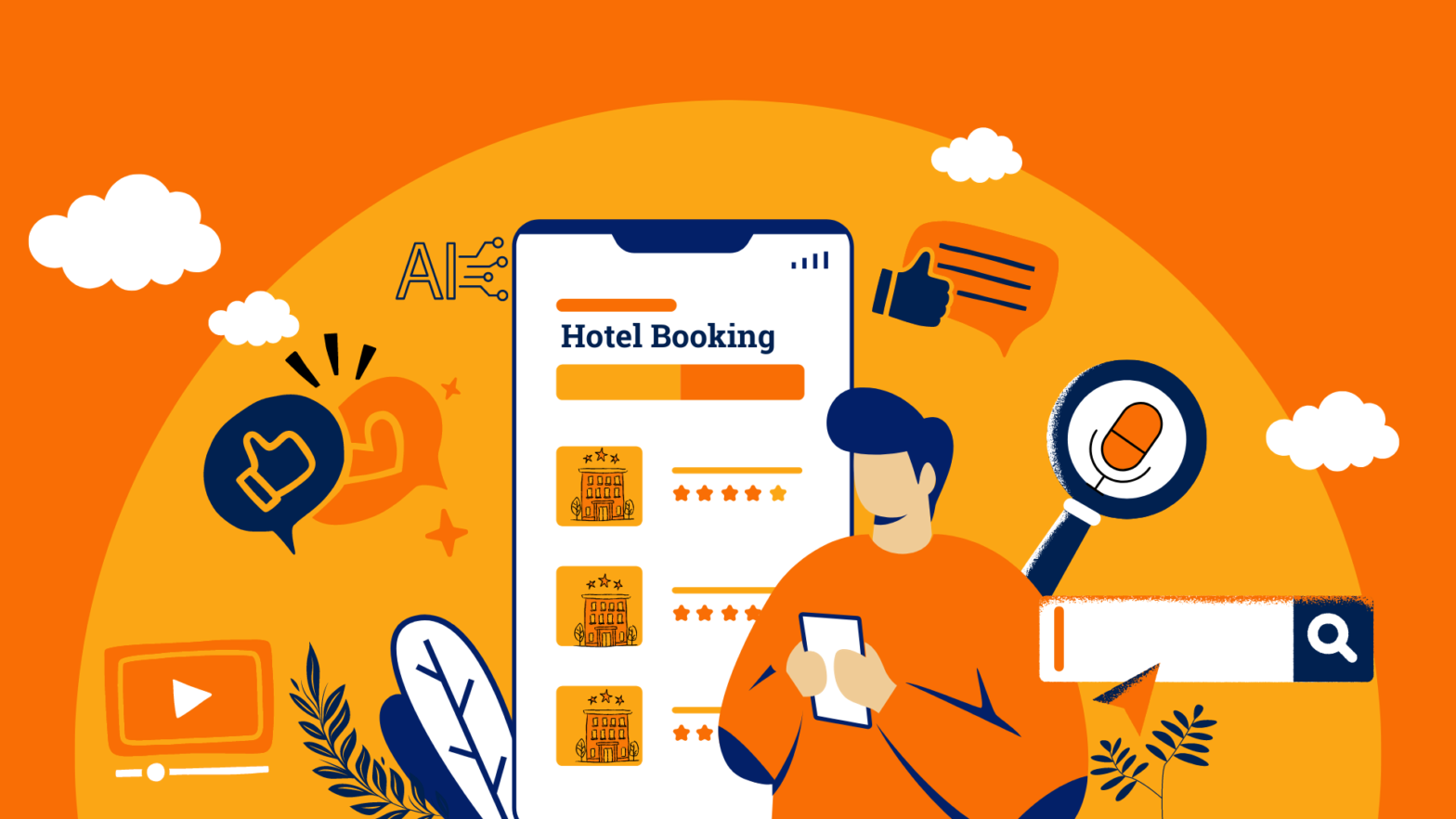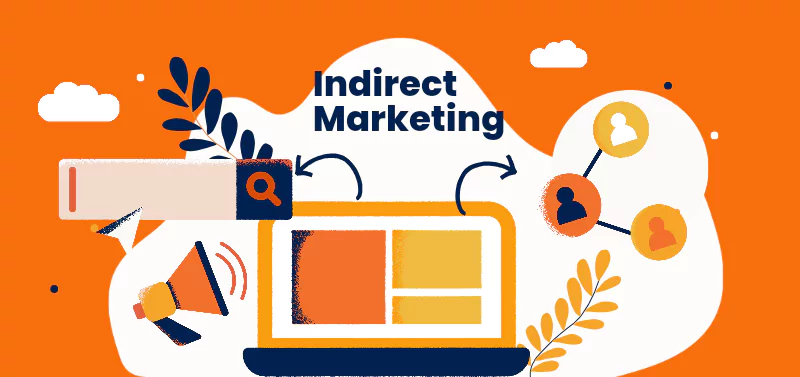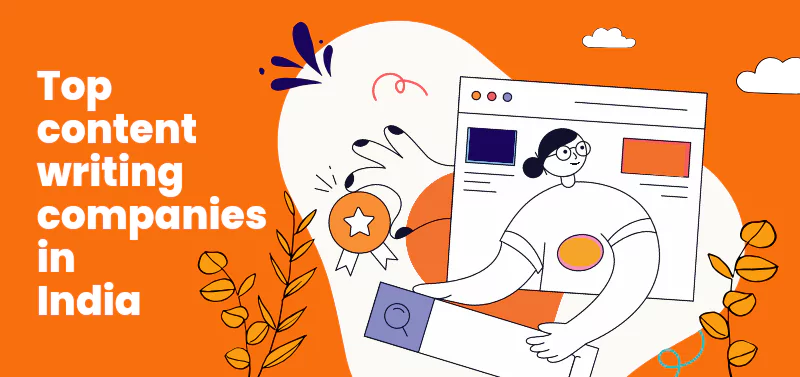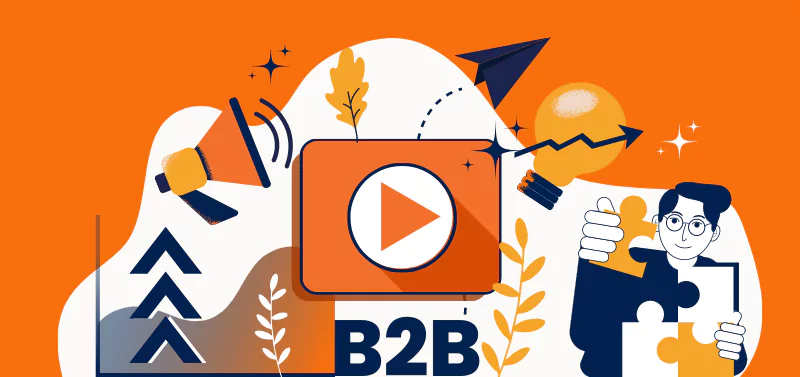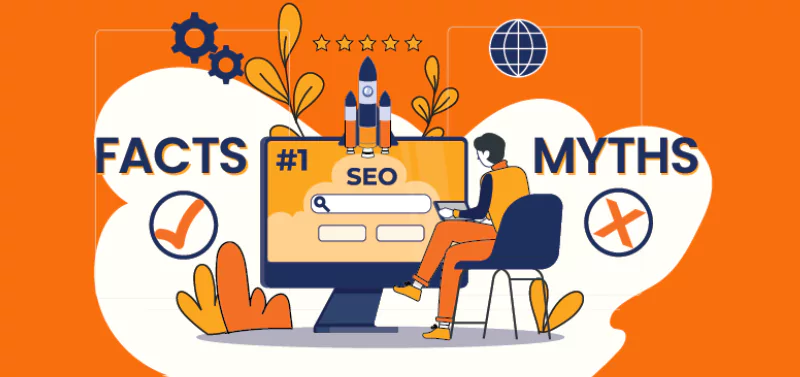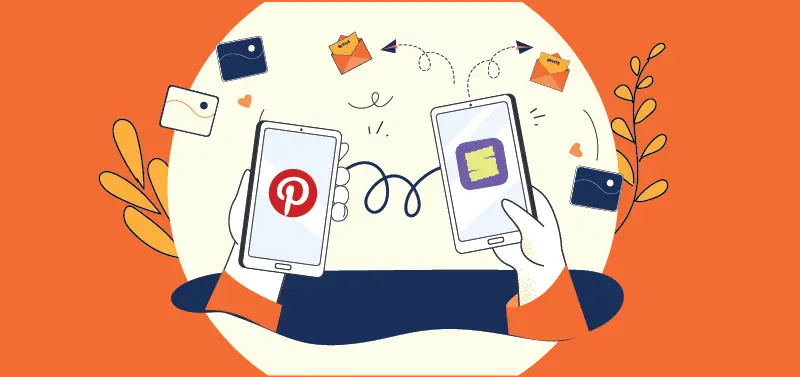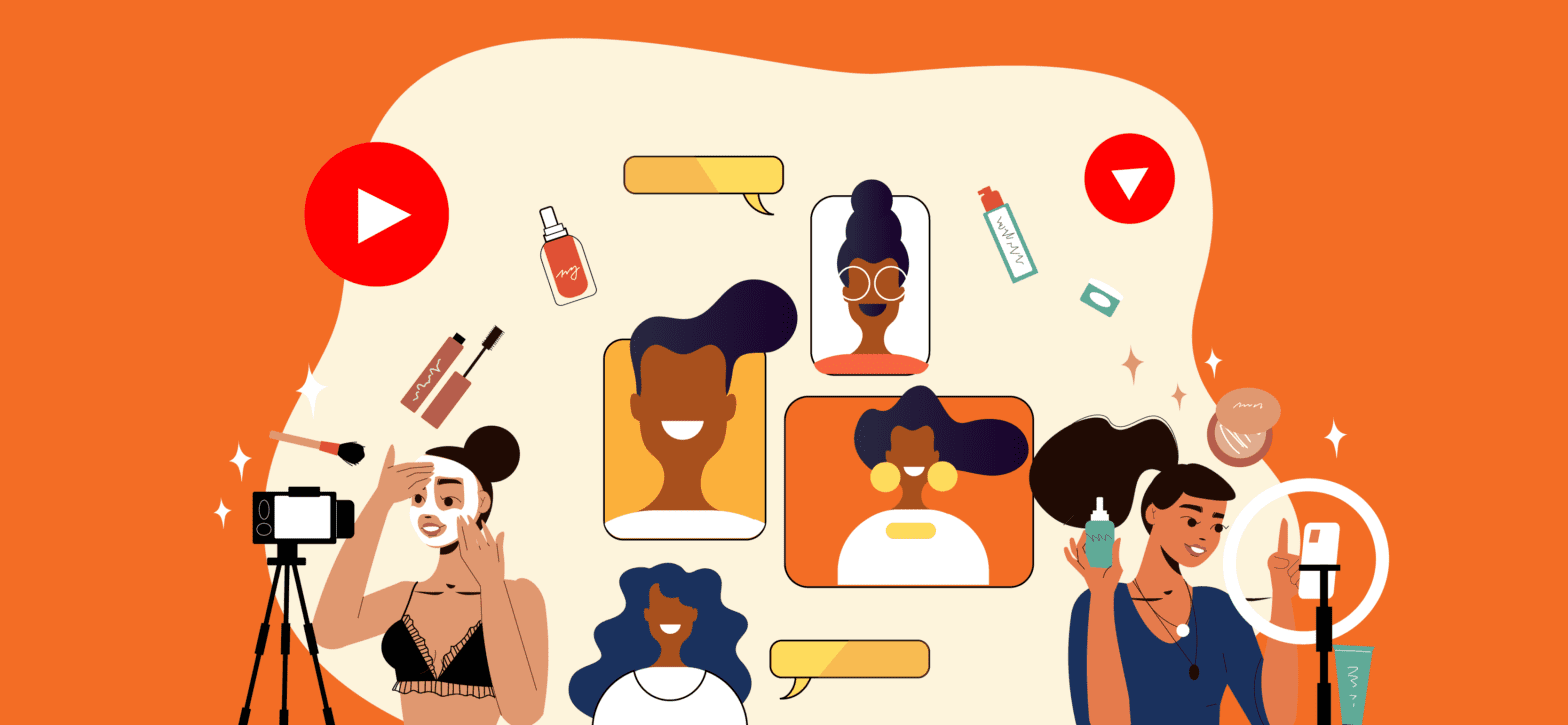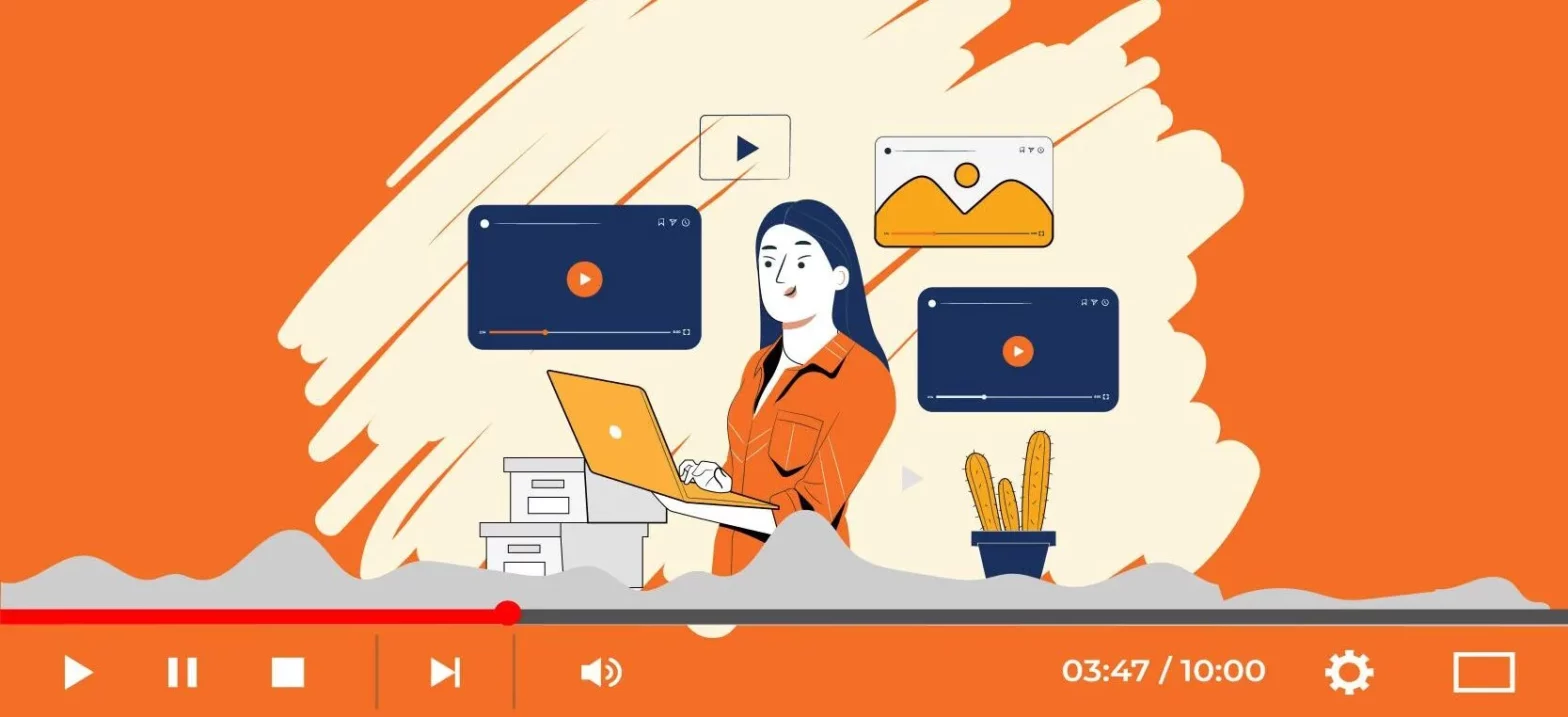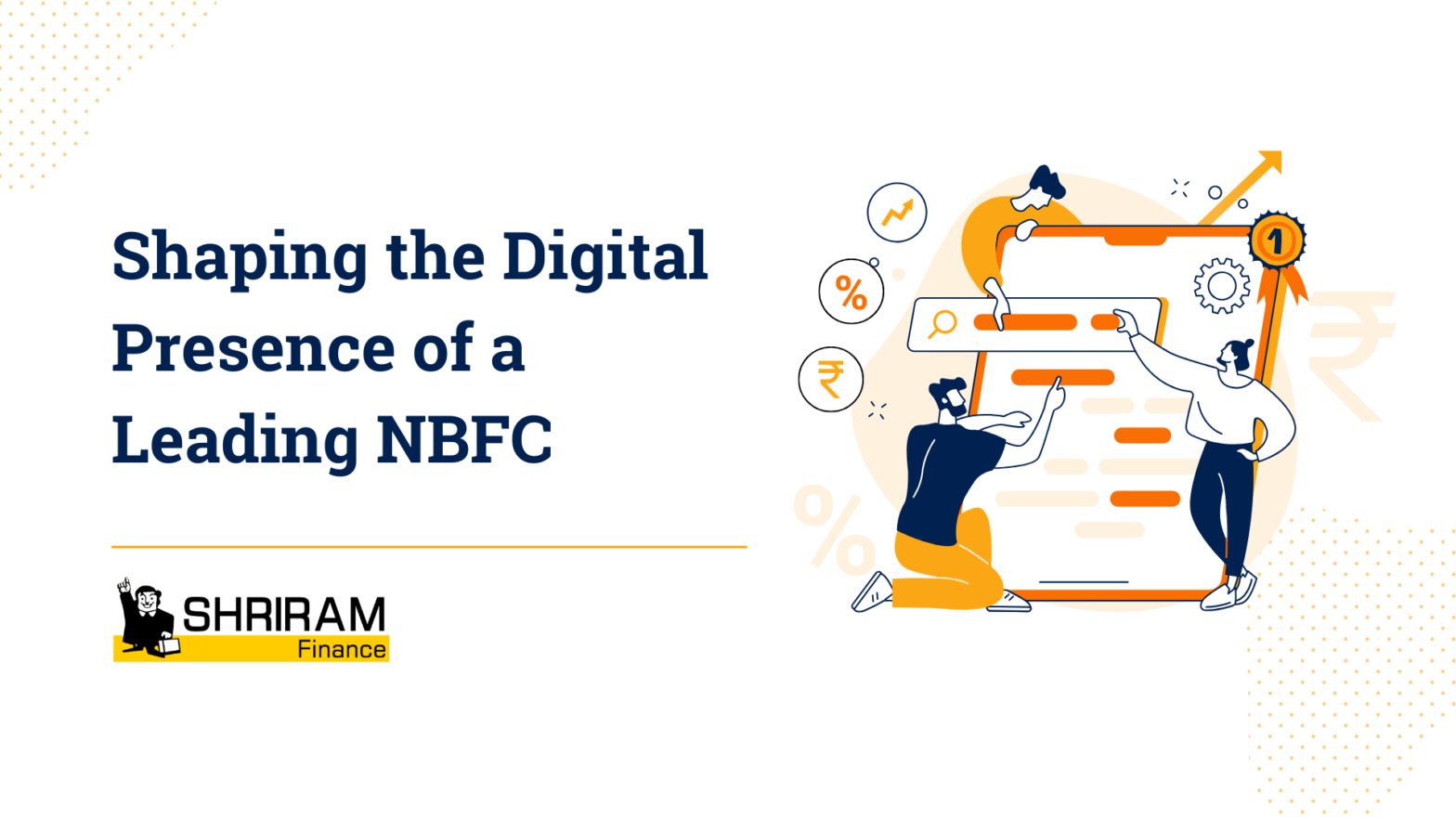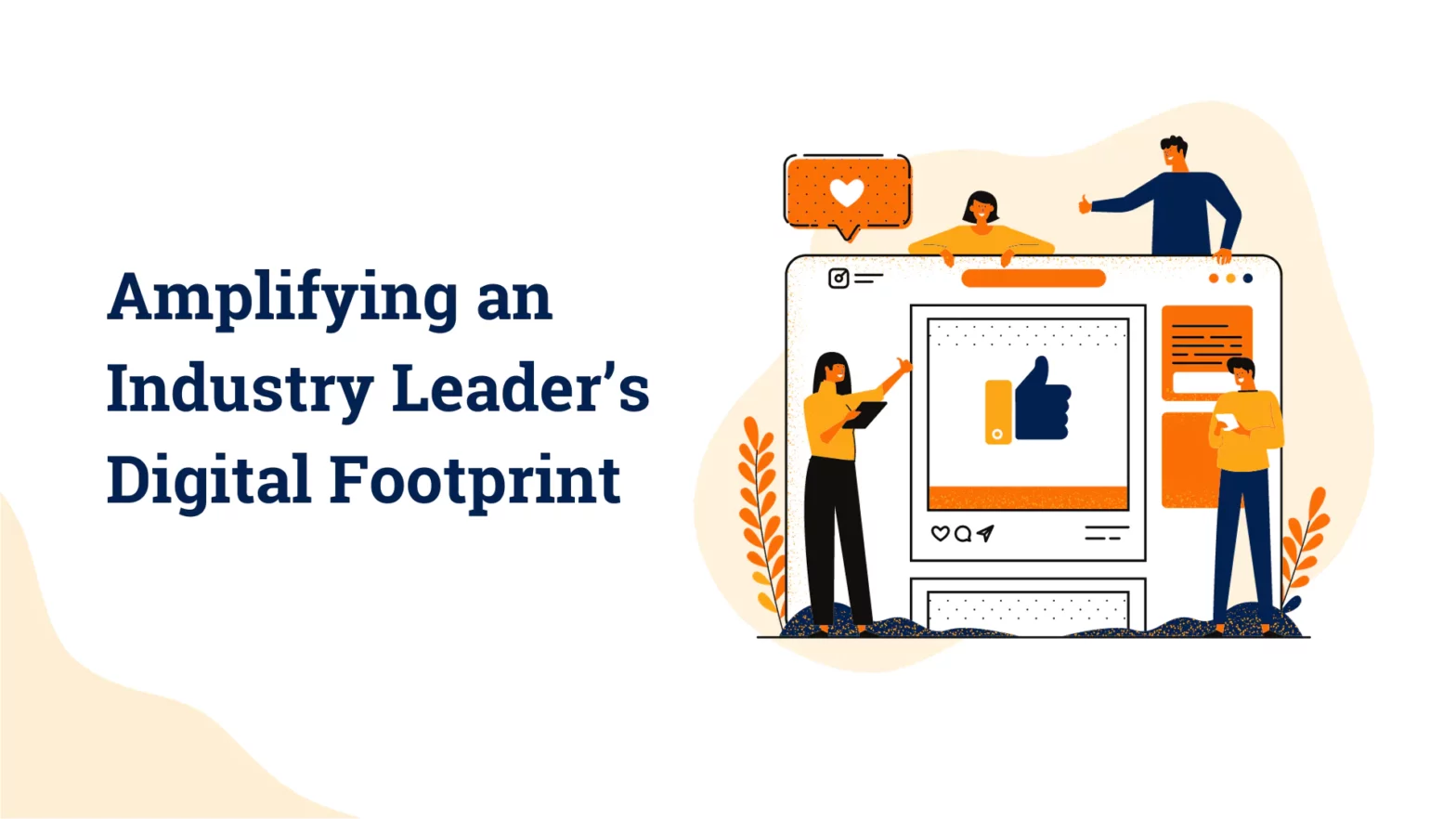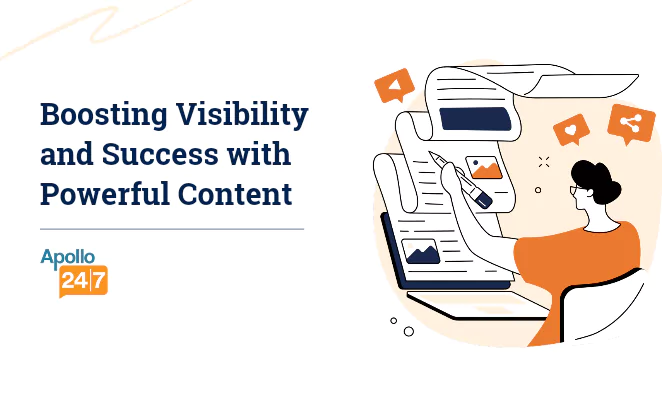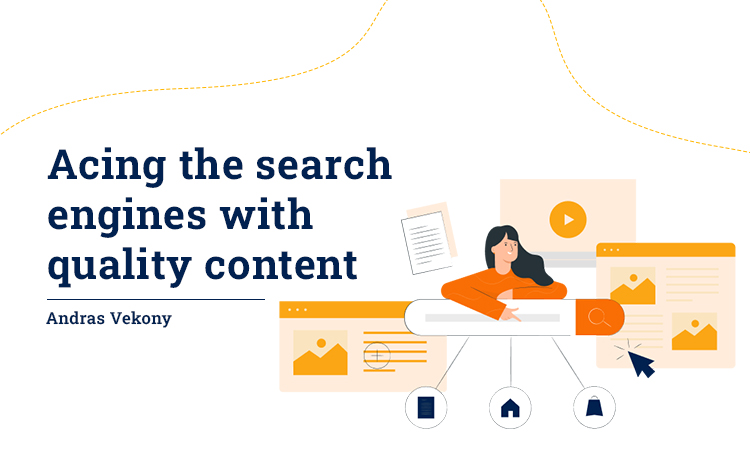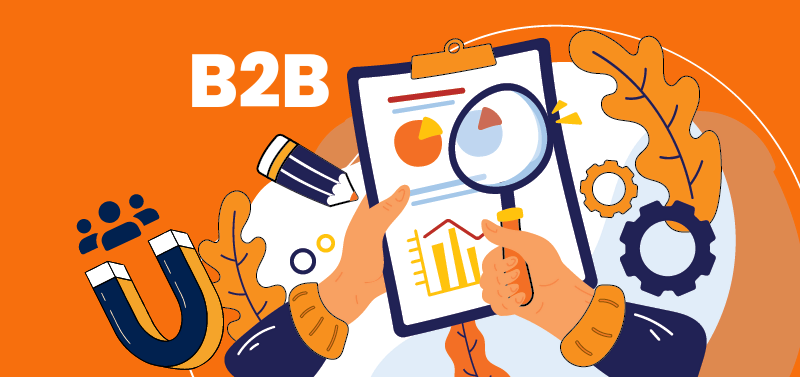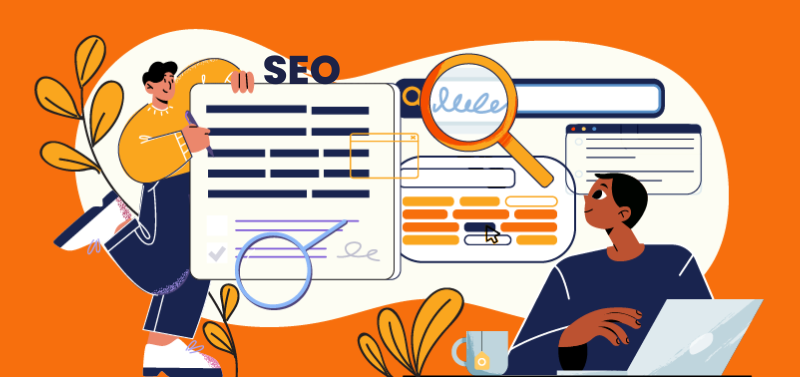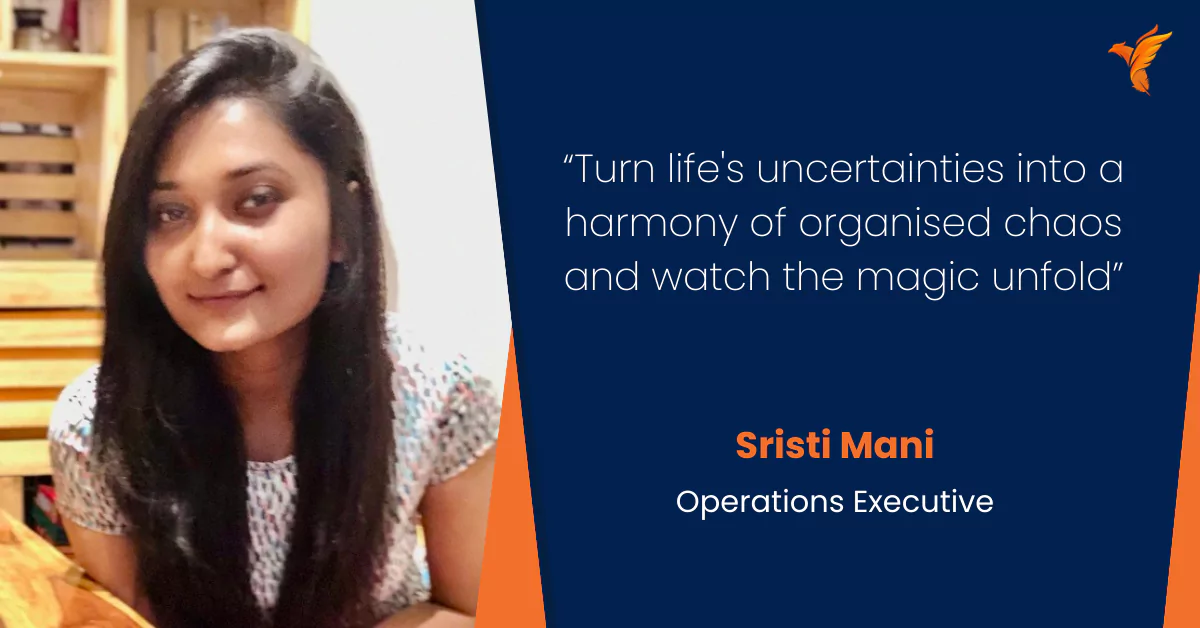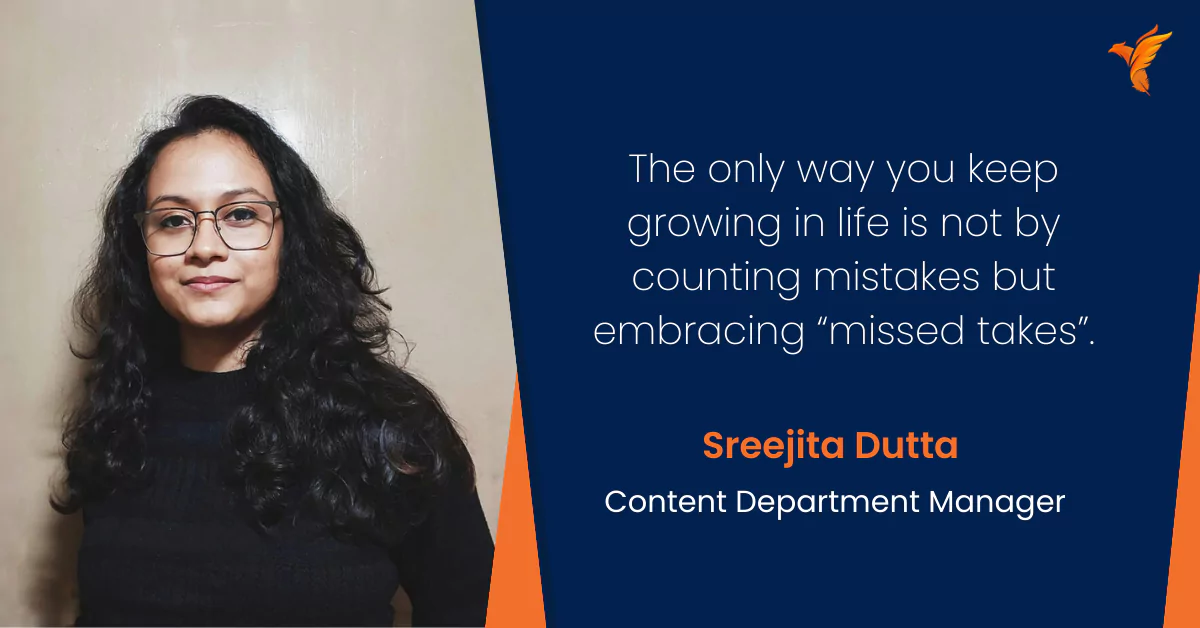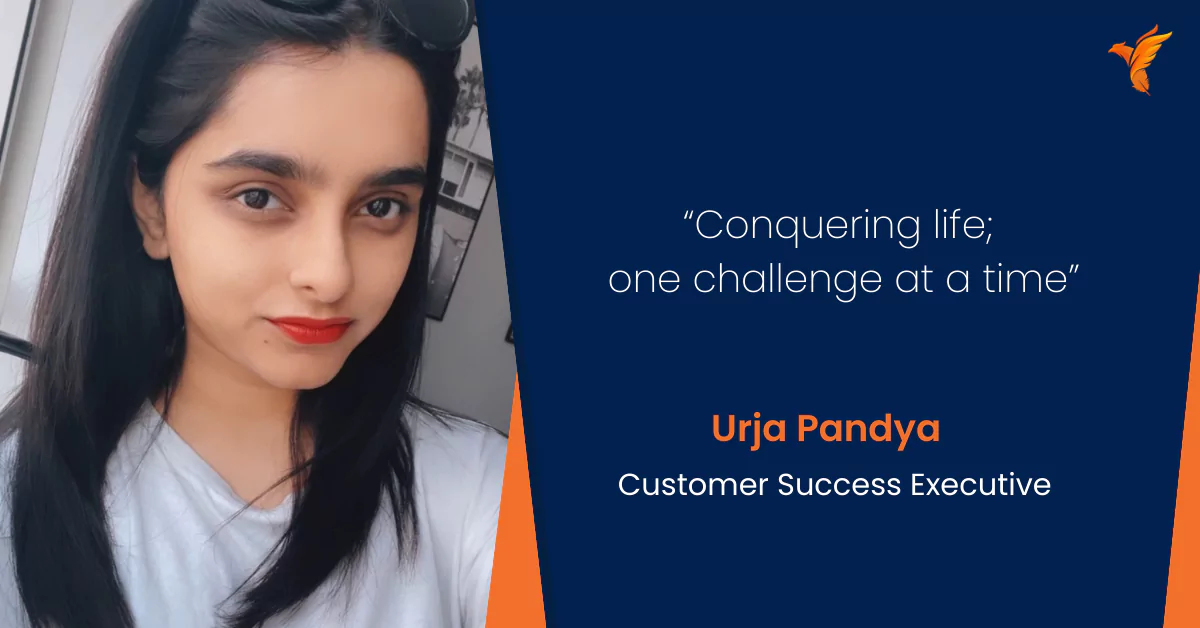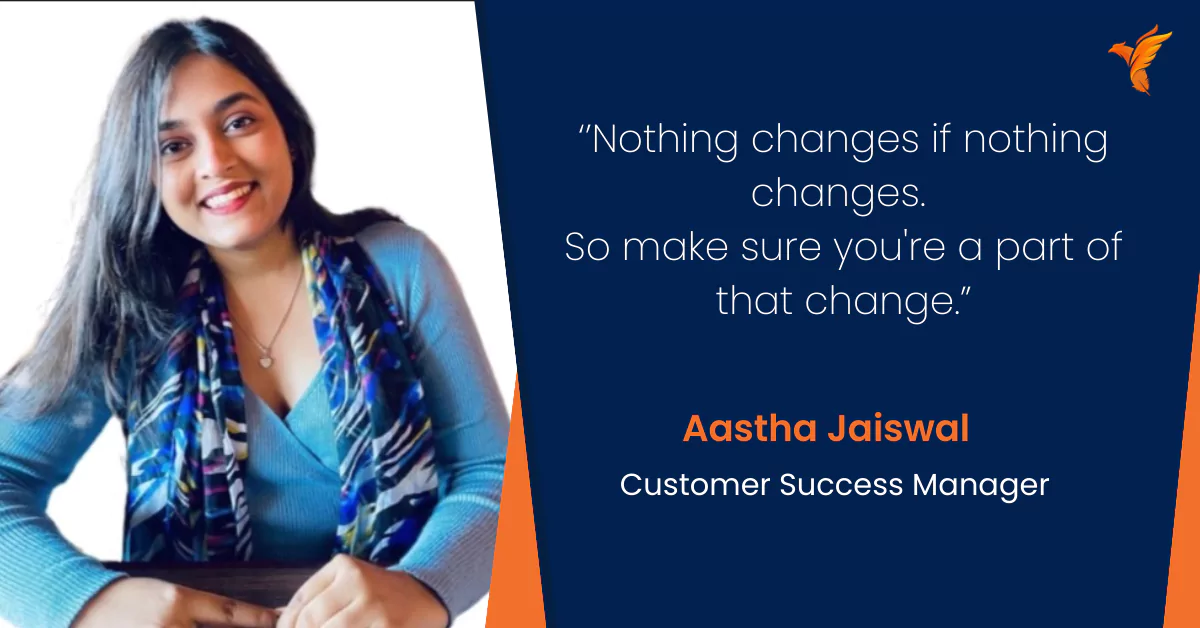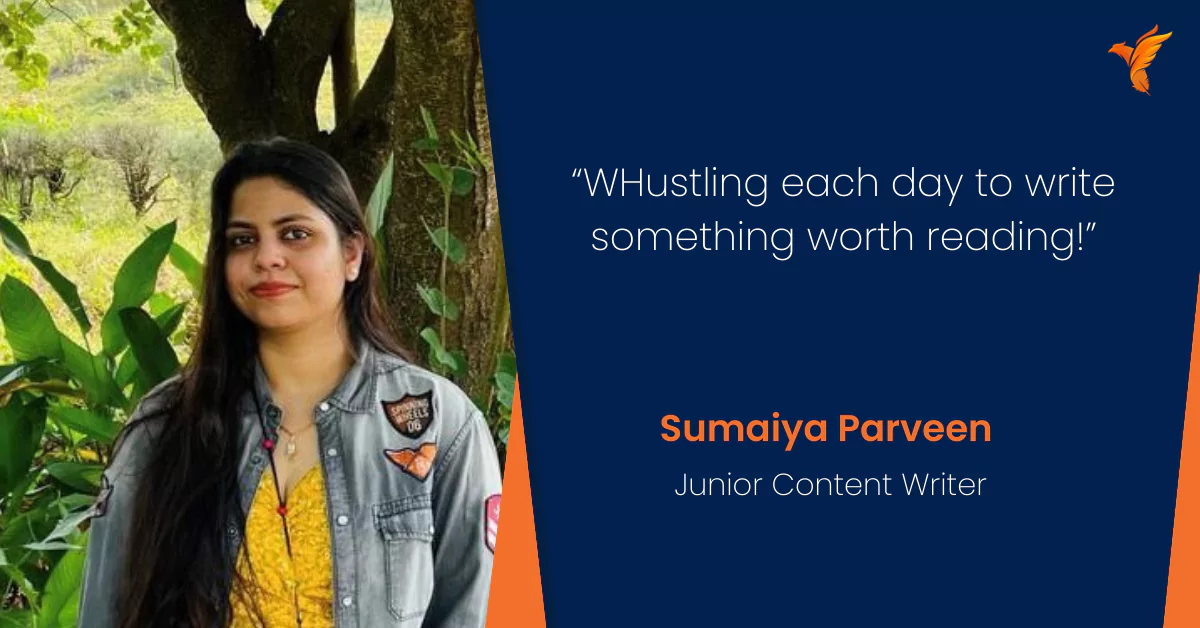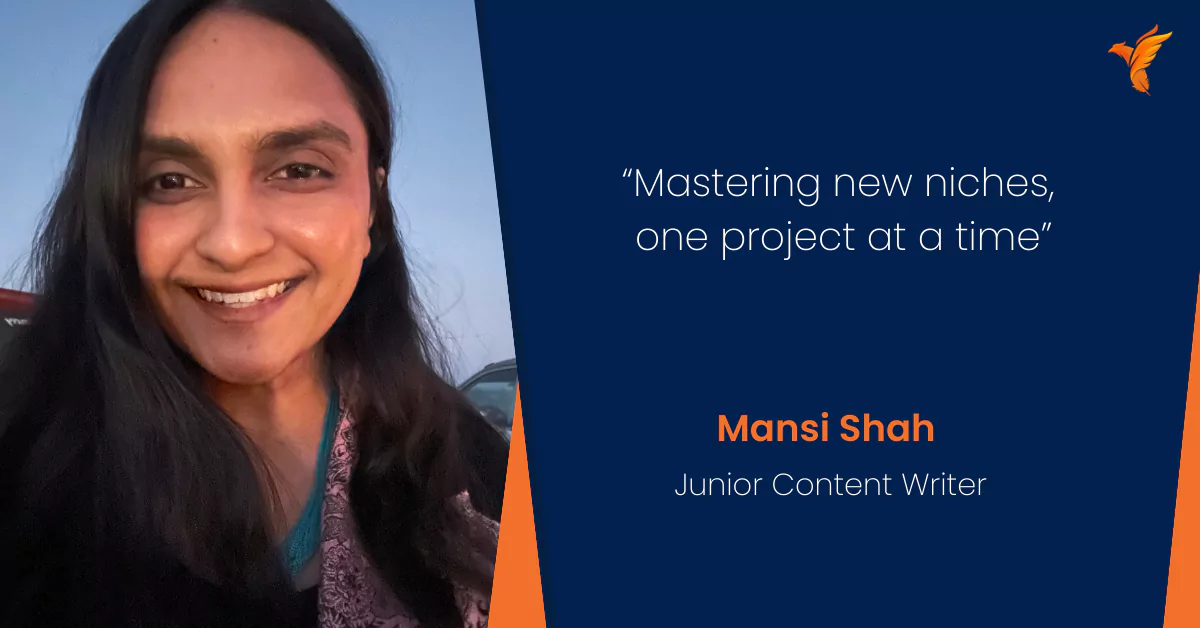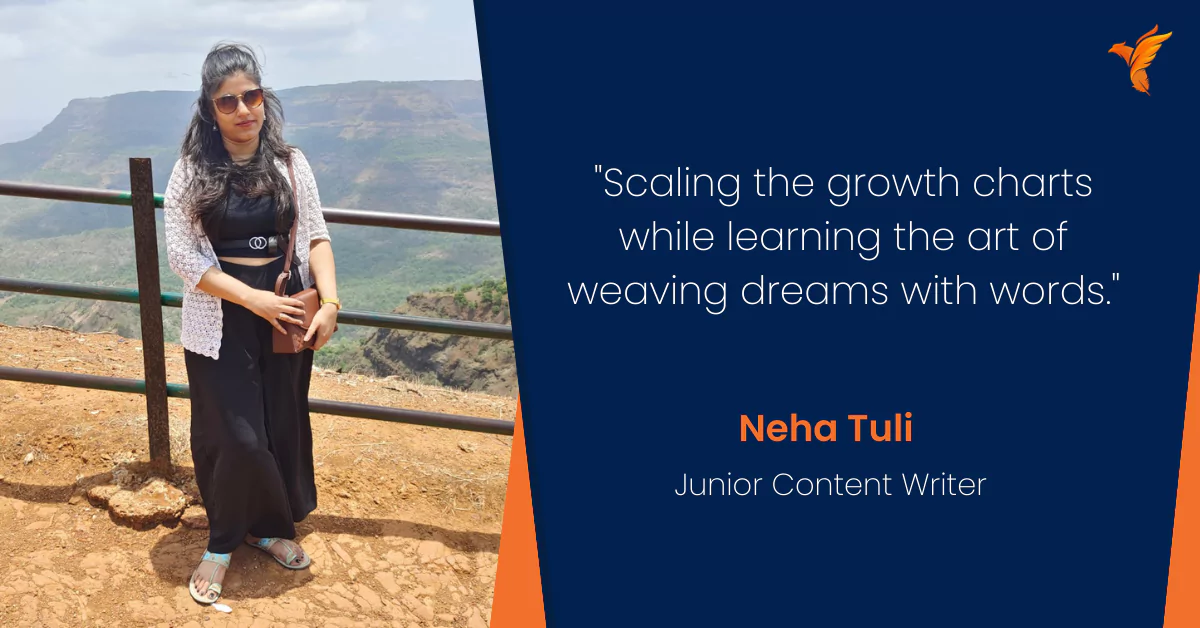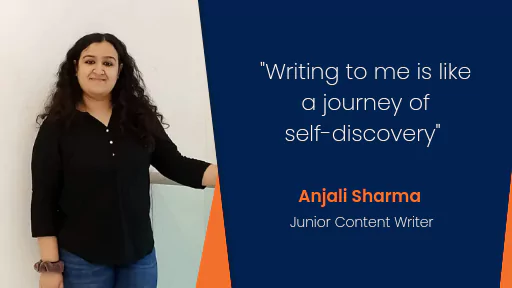Organic vs Paid Marketing: What Should You Choose?
Author: Team WH
Published On: 20-10-23
Estimated reading time: 5 minutes
In a world where your brand’s social proof and social media presence are synonymous with lead generation, organic vs paid marketing has become a significant debate in the present times.
One central difference between organic and paid marketing is that organic marketing believes in generating traction cost-free, whereas paid marketing involves paying to reach the masses.
Both have their benefits, and no one is better than the other. However, there are various aspects in which one’s benefits might override another for different domains.
Paid vs organic in digital marketing is still a raging battle between various brands and veteran content strategists divided equally on both sides of the debate.
What is Organic Marketing?
Organic marketing attracts internet traffic to one’s website or social media page without spending on paid processes. It involves creating value-based and informative promotional content relatable to the audience.
Here are some organic marketing examples:
- Guest Blogging
- Social Media Marketing
- SEO-friendly Content

What is Paid Marketing?
As the name suggests, paid marketing generates traction on a website or social media handle through paid advertising. It usually involves sponsoring posts and banner ads for social media handles and buying clicks from platforms like Facebook, Google, and Twitter.
Here are some paid marketing examples:
- Facebook ads
- Instagram ads
- Podcast advertising
- Google ads
Organic Marketing vs Paid Marketing: Which is the Better Alternative?
As stated in the blog’s beginning, the decision depends on your needs as a brand and marketer. They are both authentic marketing strategies that are used for various purposes. There can be no universal conclusion for paid vs organic in digital marketing because both serve different purposes. However, they work best when used together.
A lot of brands use both organic and paid digital marketing for optimal results.
Good content marketing is at the core of customer acquisition strategy. Creating content that ranks high on search engines is the topmost content marketing strategy. Organic marketing depends on these parameters.
However, if you want to promote your high-ranking content further, you can use paid marketing, such as running ads on platforms like Facebook, Twitter, Instagram, Quora, and Google. This gives your content a further boost in reach.
Both organic and paid marketing are essential parts of the marketing strategy for your brand. It is tough to discriminate between them as both have their benefits. Brands must depend on more than one type of marketing to reach the masses. It must be a combination of the two most of the time.
Creating an Effective Organic Marketing Strategy
A brand’s paid marketing campaign can only work if its organic marketing strategy is robust. Hence, let’s talk about creating effective organic marketing strategies.
1. Target an Audience
Your brand is defined by two parameters: what you make it to be and what your audience makes it to be. Hence, it is vital to have a target audience in mind when planning a marketing strategy for your brand.
For example, a wedding photography studio will create content about its achievements, the work it puts into its pre-wedding and post-wedding shoots, and the technicalities of wedding photography.
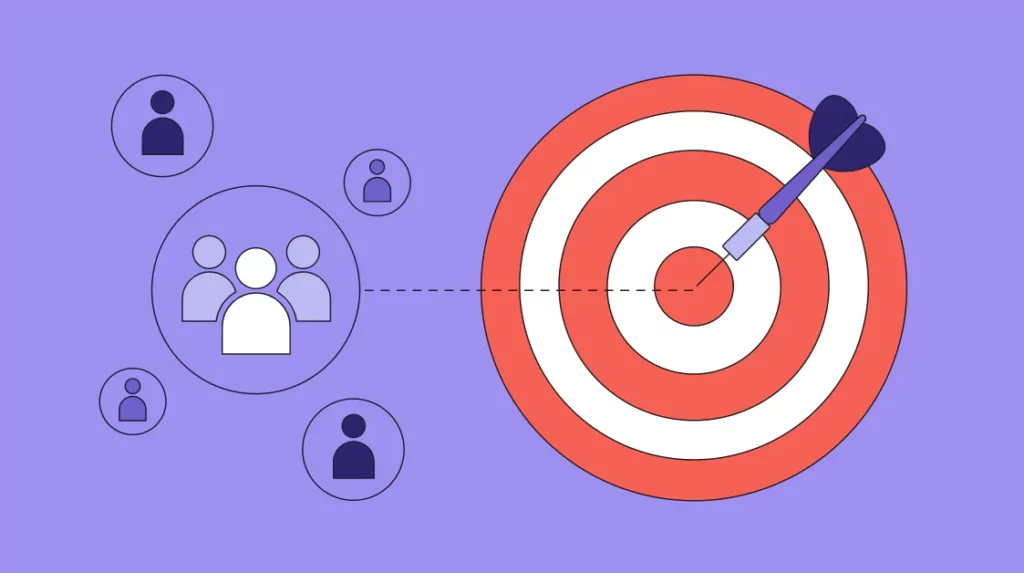
To target the proper audience, the wedding photography studio must create content titled “How to find the perfect wedding photographer,” “Latest trends being used in wedding photography,” and so on.
So, the first step to creating an effective organic marketing strategy is determining your target audience.
Doing market research and creating customer personas is a good way to target your preferred audience. You can also use parameters such as demographics and language to target your potential customers. For example, if you are a wedding photography studio in New Delhi, your potential target customers can be couples (aged 25 to 35) in New Delhi who are getting married.
Here is a detailed guide to identifying your target customers to kickstart your organic marketing journey.
2. Set a Goal
Before kickstarting your marketing campaign, it is essential to ask yourself this question: Why am I creating content in the first place?
You are creating content to achieve these four goals:
- Improving brand visibility
- Creating curiosity and desire
- Tapping into your potential customers’ interests
- Retaining customers and building brand loyalty
You will require a content marketing strategy depending on the goal you want to pursue for your brand. For example, you can focus your resources on creating a comparison page to convince prospects that your products or services fit their problems best.
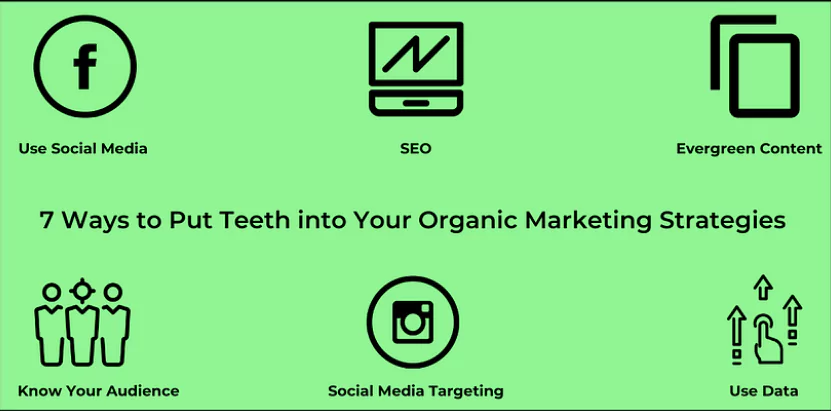
The above-listed goals are non-exhaustive. As a brand evolves, your content strategy will focus on more goals. Hence, you will eventually create content for each goal over time.
You must remember that your brand’s visibility and customer base should complement each other. Having an established brand with zero customers makes no sense. Similarly, having a huge customer base without being able to retain it makes no sense either.
3. Choosing a Platform
Organic marketing heavily relies on content. However, content doesn’t necessarily have to be in text format, such as blogs. There are numerous other places to publish your content, and much room to experiment with what content works best for you.
You can use platforms like:
- YouTube to publish videos
- Spotify to publish podcasts
- Email marketing
- Communities and forums like Slack, Discord, Quora, and Reddit
- Guest posts on other websites
Final Word
Organic vs paid marketing – each is suited for different goals. In today’s world, you must integrate your organic marketing efforts with paid marketing elements. This way, your brand’s visibility and reach will grow, and you can target leads who will eventually convert into customers. The best brands use the best of both worlds for maximum effectiveness.
Want help building a solid content marketing strategy to boost organic growth? Reach out to WrittenlyHub for our high-quality content writing services.
People Also Ask
1. What is paid marketing?
Paid advertising generates traction and attracts traffic to websites or social media handles. It is usually used with organic marketing by significant brands for maximum effectiveness in reaching more people and generating more leads.
2. What are some examples of organic marketing?
SEO, guest blogs, uploading videos, and social media marketing are examples of organic marketing.
3. Is organic marketing better than paid marketing?
Most successful brands use organic and paid marketing tactics together. Organic marketing is the best tool to build long-term relationships with your customers, and paid marketing is the best to improve your brand’s visibility, resulting in extensive exposure. However, it cannot be said that one is better than the other as both are beneficial and suited for different goals.
4. What are some examples of paid marketing?
Some examples of paid marketing include Facebook ads, Instagram ads, and Google ads.


